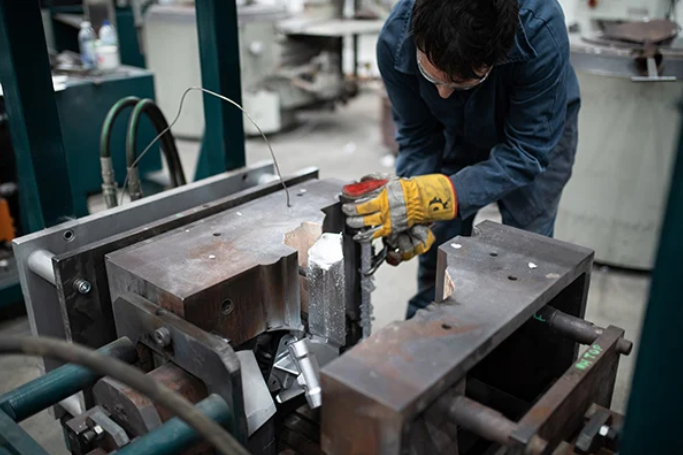Injection Manufacturing Process: Techniques, Materials, and Equipment
Injection manufacturing is the process of creating a product by injecting raw materials into a mold. The process is widely used in the production of plastic or rubber parts for various industries such as automotive, medical, and consumer goods. The injection manufacturing process involves several techniques, materials, and equipment, which we will discuss in detail below.
Techniques
The injection manufacturing process utilizes several techniques to produce high-quality products. These include:
1. Injection molding – This is the most commonly used technique in injection manufacturing. It involves melting plastic pellets and injecting them into a mold under high pressure and temperature. The mold is then cooled, and the plastic part is ejected.
2. Blow molding – This technique is used to produce hollow products such as bottles, containers, and tanks. It involves melting plastic and blowing it into a mold to form the desired shape.
3. Extrusion – This technique is used to produce products with a constant cross-section such as pipes, tubes, and profiles. It involves melting plastic and forcing it through a die to create the desired shape.
Materials
The injection manufacturing process uses a wide range of materials to produce various products. These include:
1. Thermoplastics – These are the most commonly used materials in injection manufacturing. They are easy to mold, reusable, and can be melted and re-molded several times.
2. Thermosetting plastics – These materials are used to produce products that require high resistance to heat and chemicals. They cannot be re-molded once they are set.
3. Rubber – Rubber is used to produce products such as seals, gaskets, and O-rings. It is durable, flexible, and can withstand high temperatures.

Equipment
The injection manufacturing process requires several pieces of equipment to produce high-quality products. These include:
1. Injection molding machine – This machine is used to melt plastic pellets and inject them into a mold. It consists of a hopper, an injection unit, and a clamping unit.
2. Blow molding machine – This machine is used to blow plastic into a mold to form a hollow product. It consists of a blow molding unit, a heating unit, and a cooling unit.
3. Extrusion machine – This machine is used to extrude plastic through a die to create the desired shape. It consists of an extruder, a die, and a cooling unit.
결론
Injection manufacturing is a widely used process in the production of plastic or rubber parts for various industries. The process involves several techniques, materials, and equipment, which we have discussed above. Choosing the right technique, material, and equipment is crucial to producing high-quality products that meet the desired specifications.
이전의:Precision Aerospace Molding Parts: Crafting the Future of Aerospace Engineering
다음: Revolutionizing Electronics Production with Customized Electronics Mold Solutions
-
China Injection Mold Components: The Building Blocks of Precision Manufacturing
2023-5-27
Injection molding has revolutionized the manufacturing industry by enabling the production of complex and intricate part...
세부 정보보기 -
Creating Precision Electronics with Innovative Mold Technology
2023-11-5
Introduction Precision electronics have become an integral part of our everyday lives. From smartphones to smart home de...
세부 정보보기 -
Medical Molding Parts: Manufacturing for the Healthcare Industry
2023-4-20
Medical molding parts are an essential component of the healthcare industry. These parts are used in the manufacture of ...
세부 정보보기 -
Industrial Mold: Transforming Manufacturing Processes with Precision and Efficiency
2023-7-1
In the world of manufacturing, precision and efficiency are paramount. Companies strive to produce high-quality products...
세부 정보보기 -
Creating High-Quality Plastic Injection Crate Molds for Efficient Storage Solutions
2024-1-3
Plastic injection crate molds are essential in the production of durable and efficient storage solutions. They play a cr...
세부 정보보기 -
Creating a High-Quality Plastic Fish Crate Mold: Tips and Techniques
2023-6-13
Plastic fish crates are an essential tool for any fishing operation, allowing fishermen to transport their catch safely ...
세부 정보보기







